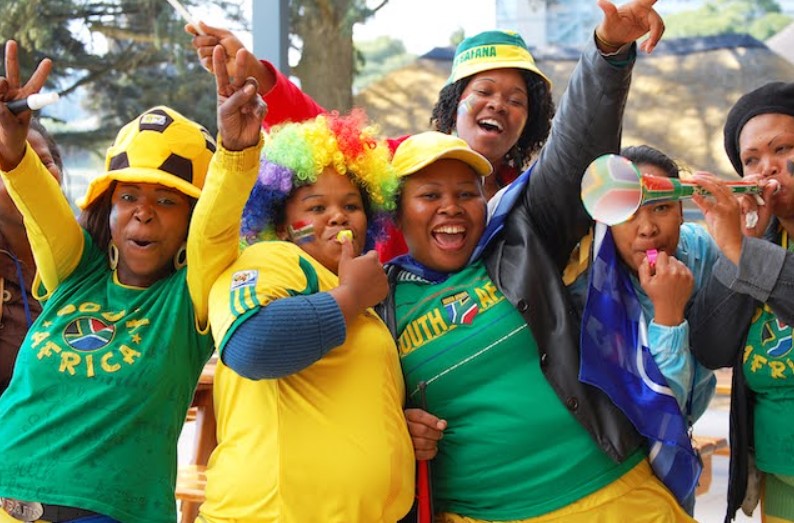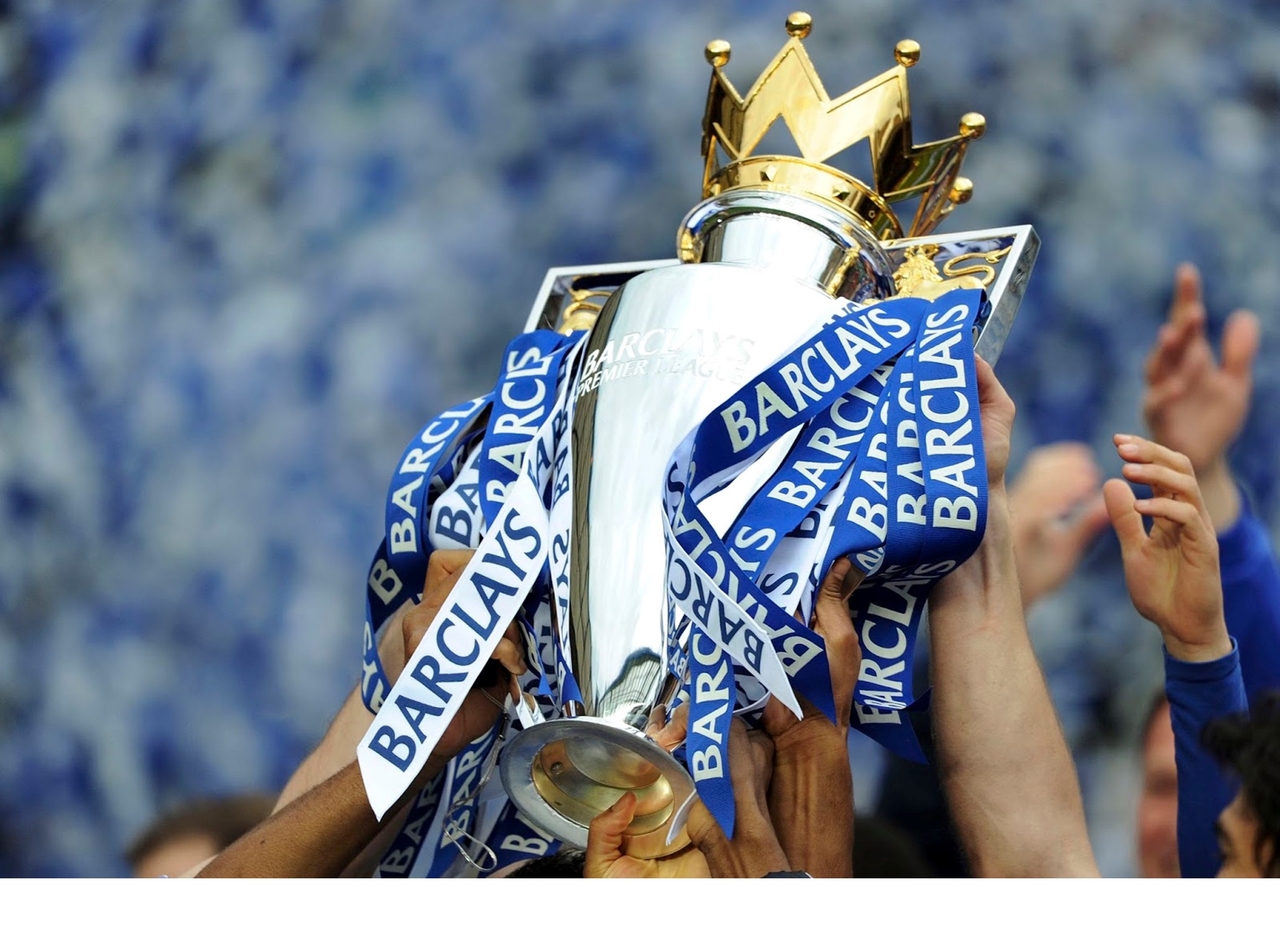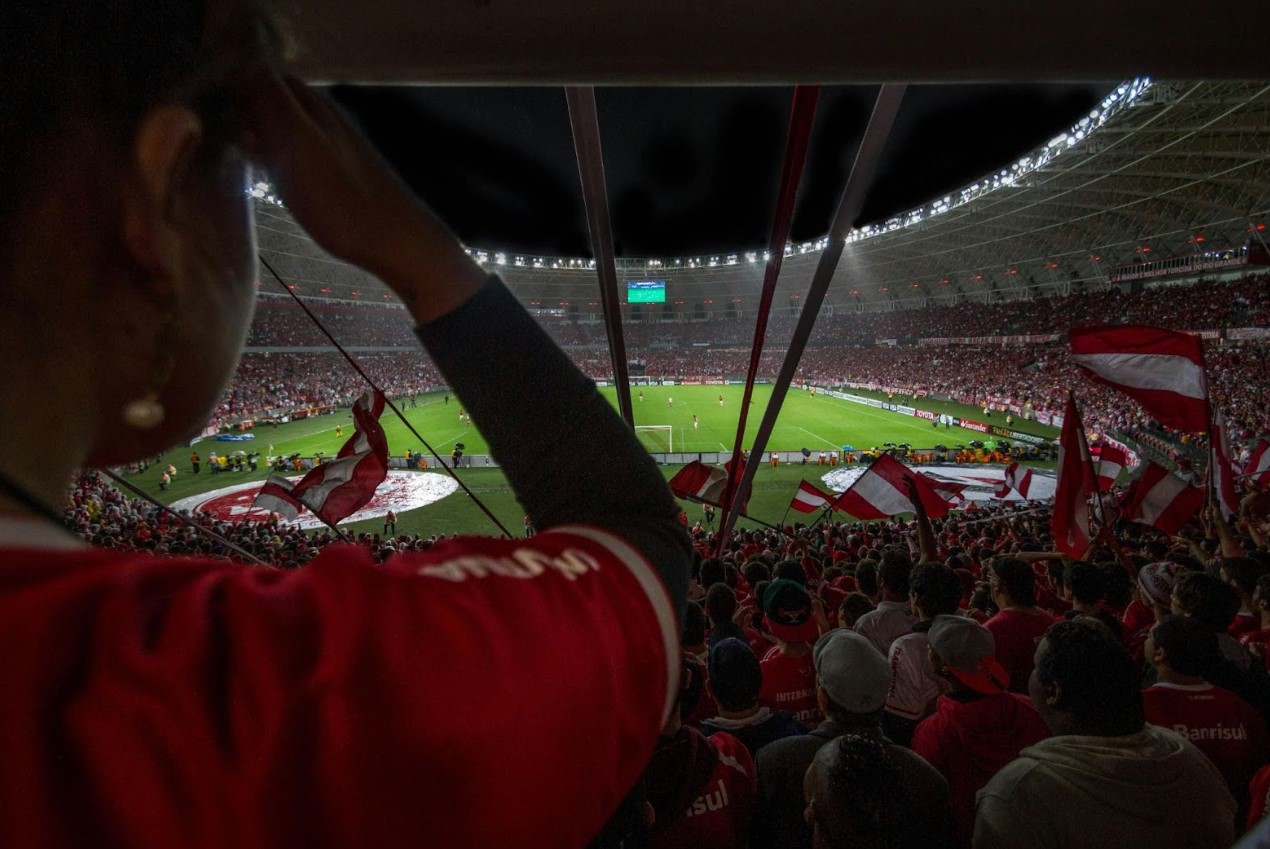Why Football Remains the Heart of Global Sports Culture
Football, known as soccer in some parts of the wor

Football, known as soccer in some parts of the world, stands as the undisputed king of sports. From bustling city stadiums to remote village fields, the game transcends borders, languages, and generations. It connects people through shared passion, emotion, and identity. The sport’s simplicity—a ball, a goal, and the spirit to play—has made it accessible to all. Just as platforms like Peryagame capture the thrill of traditional fair entertainment in today’s digital age, football captures the world’s heart through community and competition.
The story of football is more than just about goals and trophies; it’s a reflection of human unity, perseverance, and joy. Its universal appeal continues to shape modern culture and remains deeply ingrained in the daily lives of millions.
How Football Brings People Together
Football is a language understood by everyone. You don’t need to speak the same dialect or share the same background to celebrate a spectacular goal or empathize with a heartbreaking loss. When nations gather for events like the FIFA World Cup or continental tournaments, the world watches together—millions of people sharing the same emotions in real time.
This power to unite is what sets football apart. During major tournaments, even countries with little in common find themselves connected through the shared excitement of the game. Streets fill with flags, people come together in public viewing areas, and a sense of global togetherness emerges.
Even on a smaller scale, football acts as a social glue. Local leagues and school competitions encourage teamwork, discipline, and mutual respect. Players learn to communicate, cooperate, and adapt—skills that extend beyond the pitch. Whether it’s children playing on dusty fields or professionals performing on grand stages, football’s community spirit remains constant.
Football’s Role in Culture and Identity
Every region around the world has its unique football traditions that reflect its culture. In Brazil, football is a rhythm, a dance that flows through daily life. In England, it’s a tradition deeply rooted in working-class pride. In Africa, it’s a symbol of hope and progress, while in Asia, it’s a rapidly growing passion uniting youth and innovation.
Football also shapes identity through clubs and national teams. Supporters wear their team colors with pride, follow every match, and pass their love for the sport down to future generations. The rivalries, chants, and shared experiences build an emotional foundation that lasts a lifetime.
This cultural power extends to art, music, and fashion. From World Cup songs that echo through stadiums to street murals honoring football legends, the sport’s presence is everywhere. Even the way fans dress—jerseys, scarves, and colors—represents a form of expression, connecting them to something larger than themselves.
The Economic and Social Impact of Football
Football’s reach goes far beyond entertainment. It has become a significant economic force, driving industries such as sportswear, broadcasting, tourism, and marketing. Major leagues like the Premier League, La Liga, and Serie A not only attract millions of fans but also generate billions in revenue annually.
Cities that host major tournaments experience boosts in tourism and infrastructure development. Hotels, restaurants, and local businesses thrive during these events. But beyond the economic impact lies football’s potential for social change.
Organizations use football as a tool to promote education, gender equality, and social inclusion. Programs around the world teach children life skills through sports. They use football to encourage teamwork, discipline, and confidence—traits that help young people thrive beyond the field.
Moreover, the sport continues to challenge barriers. Female football players are gaining recognition and support globally, and youth programs now focus on inclusivity, giving everyone a chance to participate regardless of background or gender.
How Modern Technology Shapes Football’s Future
Technology has transformed football in remarkable ways. From performance tracking systems to advanced video analysis, players and coaches can now refine their strategies more precisely than ever before. Fans benefit from technology, too—streaming platforms, interactive apps, and social media have made it possible to follow matches anytime, anywhere.
Video Assistant Referee (VAR) technology, for instance, ensures fairness by allowing referees to review crucial moments. While some fans debate its use, there’s no denying that it brings greater accuracy to the game.
Meanwhile, wearable technology helps players monitor fitness levels, prevent injuries, and enhance training sessions. Clubs analyze data to understand opponents, optimize tactics, and ensure peak performance.
Even off the field, technology strengthens fan engagement. Virtual reality (VR) and augmented reality (AR) experiences bring supporters closer to the action. Digital communities enable fans across continents to share their passion instantly. Football’s global heartbeat is now amplified through innovation.
Football as a Bridge Between Generations
Football isn’t just for young athletes or professional stars—it’s a lifelong connection shared across generations. Parents and children watch matches together, discuss players, and relive classic moments. Grandparents pass down stories of legendary matches, while younger fans introduce new styles and heroes.
This shared tradition strengthens family bonds. A single goal can trigger conversations that last for decades, creating a link between the past and the future. Football’s timeless nature allows it to evolve without losing its essence.
Every era has its heroes—from Pelé and Maradona to Ronaldo and Messi—each inspiring millions to dream. These figures transcend time, showing how football connects people not just in the moment but across generations.







